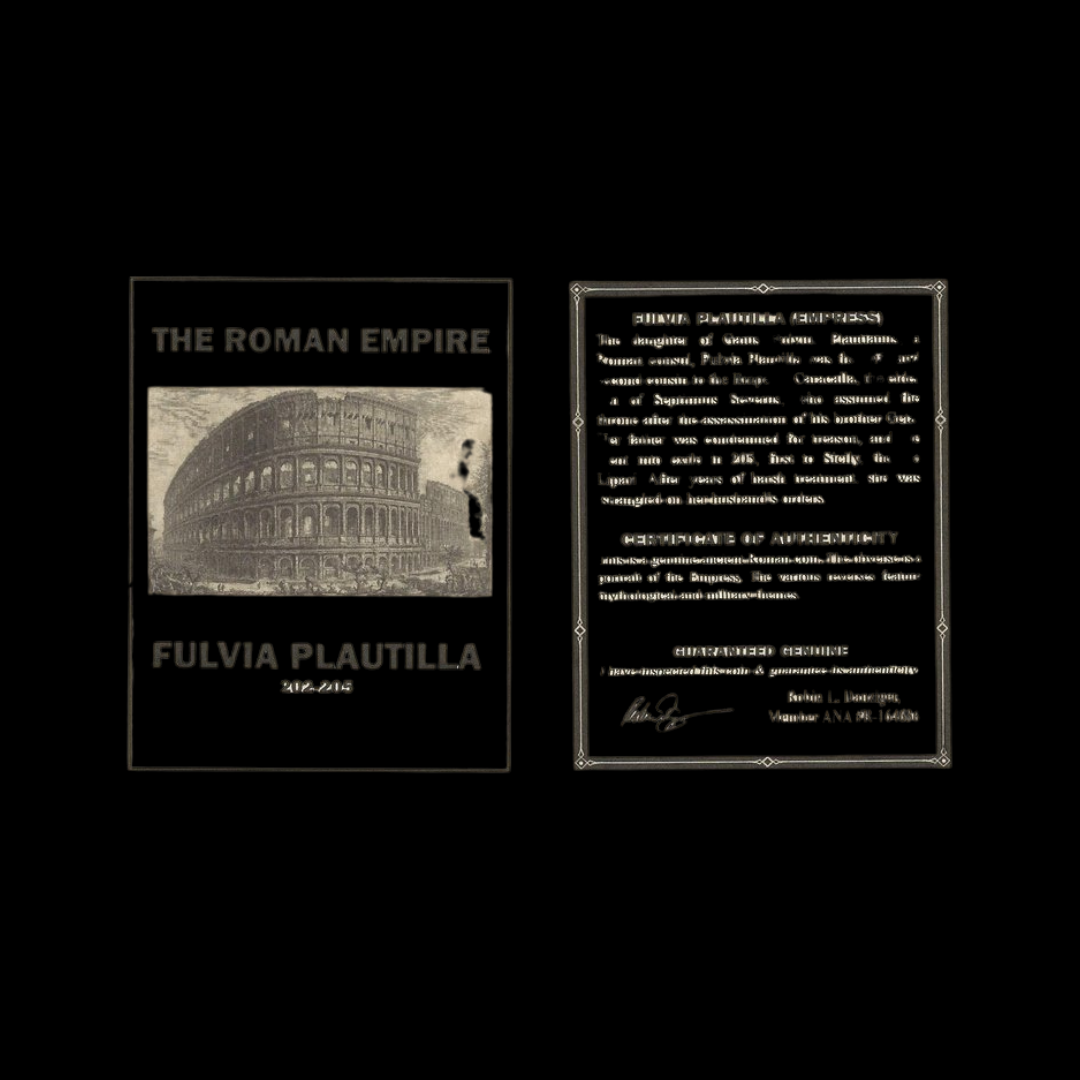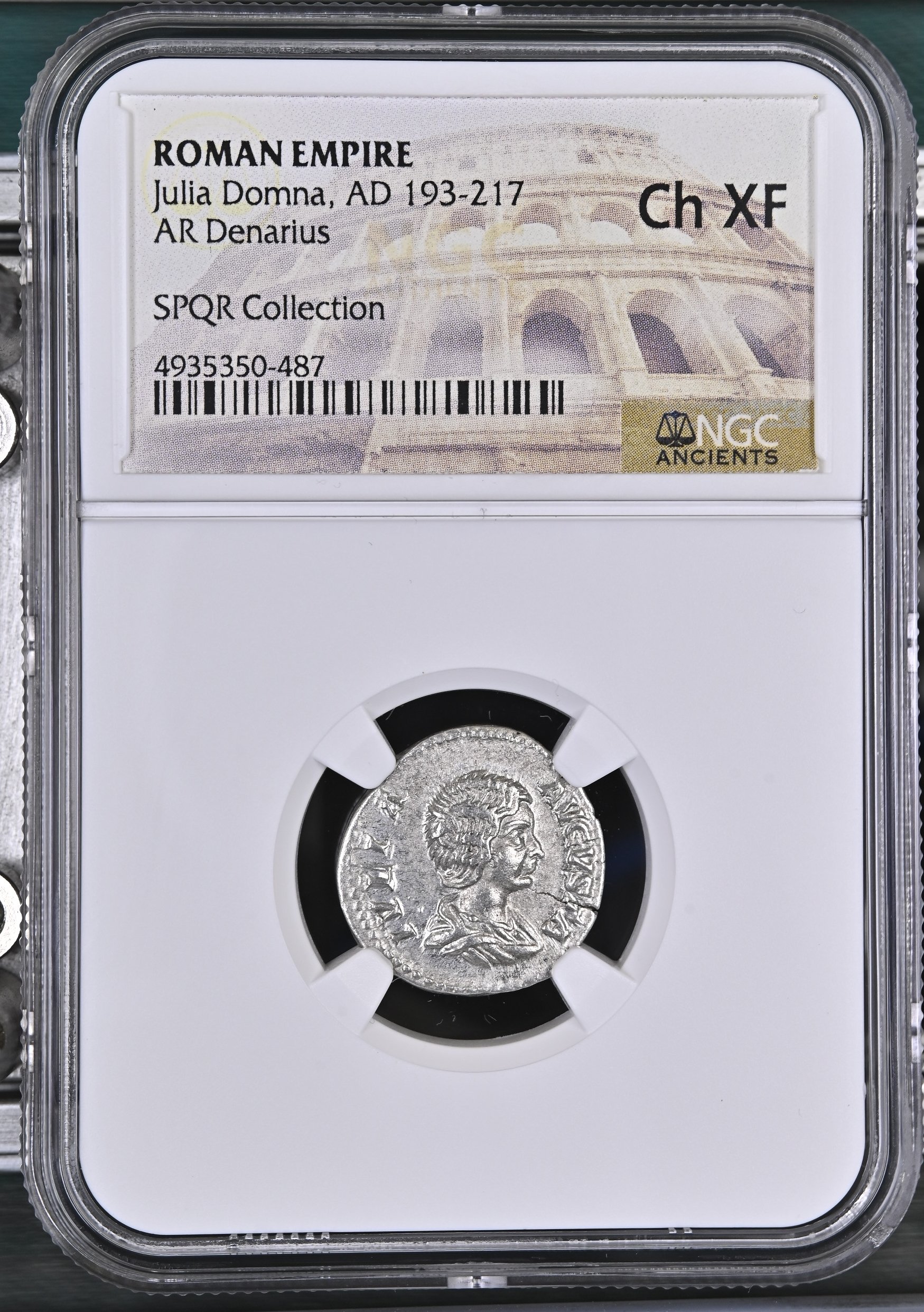 Image 1 of 2
Image 1 of 2

 Image 2 of 2
Image 2 of 2



Roman Provincial Bronze As of Claudius I (about 1980 years ago)
This bronze coin was produced at a provincial mint likely located in Gaul (modern France) during the early reign of Emperor Claudius I, who came to power unexpectedly after the assassination of Caligula. Provincial mints like this one helped address coin shortages in regions distant from Rome.
Coin Description:
Front side: Bare head of Claudius I facing left with Latin inscription "TI CLAUDIVS CAESAR AVG P M TR P IMP" (Tiberius Claudius Caesar Augustus, Pontifex Maximus, holder of Tribunician Power, Imperator)
Back side: Minerva (goddess of wisdom and strategic warfare) advancing right, preparing to throw a spear while protecting herself with a shield; large "S - C" (Senatus Consulto - by decree of the Senate) flanking the figure
Technical Details:
Bronze composition, weighing 11.51 grams
As denomination (standard bronze coin for everyday transactions)
References: Von Kaenel pl. 30, 1595; Besombes/Barrandon, Revue num. 155, 2000, pl. VIII, 4-10
No certification mentioned
Date: 41-42 CE, struck at a branch mint in Gaul
Historical Significance:
During the early years of Claudius's reign, provincial mints produced coins to supplement official issues from Rome, particularly for the western provinces. The Minerva imagery highlights Roman military power and imperial authority, important themes as Claudius sought to legitimize his unexpected rise to power. These local productions helped maintain the economic integration of the empire by ensuring adequate coin supplies throughout distant provinces like Gaul (modern France).
This bronze coin was produced at a provincial mint likely located in Gaul (modern France) during the early reign of Emperor Claudius I, who came to power unexpectedly after the assassination of Caligula. Provincial mints like this one helped address coin shortages in regions distant from Rome.
Coin Description:
Front side: Bare head of Claudius I facing left with Latin inscription "TI CLAUDIVS CAESAR AVG P M TR P IMP" (Tiberius Claudius Caesar Augustus, Pontifex Maximus, holder of Tribunician Power, Imperator)
Back side: Minerva (goddess of wisdom and strategic warfare) advancing right, preparing to throw a spear while protecting herself with a shield; large "S - C" (Senatus Consulto - by decree of the Senate) flanking the figure
Technical Details:
Bronze composition, weighing 11.51 grams
As denomination (standard bronze coin for everyday transactions)
References: Von Kaenel pl. 30, 1595; Besombes/Barrandon, Revue num. 155, 2000, pl. VIII, 4-10
No certification mentioned
Date: 41-42 CE, struck at a branch mint in Gaul
Historical Significance:
During the early years of Claudius's reign, provincial mints produced coins to supplement official issues from Rome, particularly for the western provinces. The Minerva imagery highlights Roman military power and imperial authority, important themes as Claudius sought to legitimize his unexpected rise to power. These local productions helped maintain the economic integration of the empire by ensuring adequate coin supplies throughout distant provinces like Gaul (modern France).
This bronze coin was produced at a provincial mint likely located in Gaul (modern France) during the early reign of Emperor Claudius I, who came to power unexpectedly after the assassination of Caligula. Provincial mints like this one helped address coin shortages in regions distant from Rome.
Coin Description:
Front side: Bare head of Claudius I facing left with Latin inscription "TI CLAUDIVS CAESAR AVG P M TR P IMP" (Tiberius Claudius Caesar Augustus, Pontifex Maximus, holder of Tribunician Power, Imperator)
Back side: Minerva (goddess of wisdom and strategic warfare) advancing right, preparing to throw a spear while protecting herself with a shield; large "S - C" (Senatus Consulto - by decree of the Senate) flanking the figure
Technical Details:
Bronze composition, weighing 11.51 grams
As denomination (standard bronze coin for everyday transactions)
References: Von Kaenel pl. 30, 1595; Besombes/Barrandon, Revue num. 155, 2000, pl. VIII, 4-10
No certification mentioned
Date: 41-42 CE, struck at a branch mint in Gaul
Historical Significance:
During the early years of Claudius's reign, provincial mints produced coins to supplement official issues from Rome, particularly for the western provinces. The Minerva imagery highlights Roman military power and imperial authority, important themes as Claudius sought to legitimize his unexpected rise to power. These local productions helped maintain the economic integration of the empire by ensuring adequate coin supplies throughout distant provinces like Gaul (modern France).
Tiberius Claudius Caesar Augustus Germanicus[b] (/ˈklɔːdiəs/ KLAW-dee-əs, Classical Latin: [tɪˈbɛri.ʊs ˈkɫau̯di.ʊs ˈkae̯sar au̯ˈɡʊstʊs ɡɛrˈmaːnɪkʊs]; 1 August 10 BC – 13 October AD 54), or Claudius, was a Roman emperor, ruling from AD 41 to 54. A member of the Julio-Claudian dynasty, Claudius was born to Drusus and Antonia Minor at Lugdunum in Roman Gaul, where his father was stationed as a military legate. He was the first Roman emperor to be born outside Italy.
As he had a limp and slight deafness due to an illness he suffered when young, he was ostracised by his family and was excluded from public office until his consulship (which was shared with his nephew, Caligula, in 37). Claudius's infirmity probably saved him from the fate of many other nobles during the purges throughout the reigns of Tiberius and Caligula, as potential enemies did not see him as a serious threat. His survival led to his being declared emperor by the Praetorian Guard after Caligula's assassination, at which point he was the last adult male of his family.



















